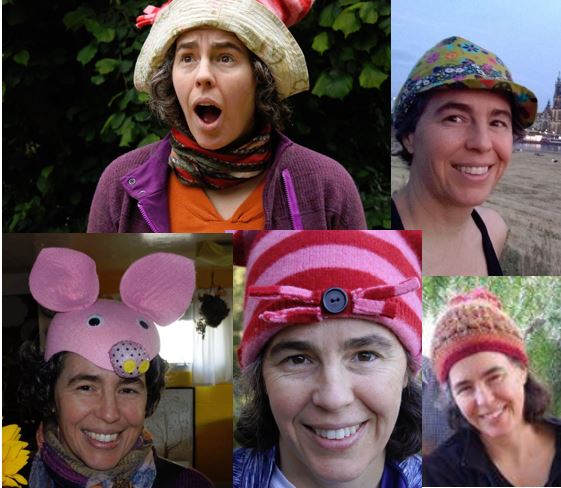November 2, 2020 General Meeting
The authors of Beauty and the Beast: California Wildflowers and Climate Change, Nita Winter and Roger Badger will discuss their book.
Rob and Nita have lugged their gear — all 85 pounds of their portable photo studio — through rattle-snake-infested deserts, high mountain passes, and post-wildfire territory to share these photos with you.
As the essays in the book attest, the climate is changing. Habitat disappears in the face of development. The changes to the landscape play out before our eyes. And what we protect becomes a testament to what we value.
Beauty and the Beast is Rob and Nita’s hopeful, passionate response that the transformational power of beauty can be an inspirational call to action.
We will meet by Zoom at 7:30. Look to your email for further instruction.
An interesting side note is that they recommend Ergodyne knee pads for photography / gardening: “like firm jello”.

